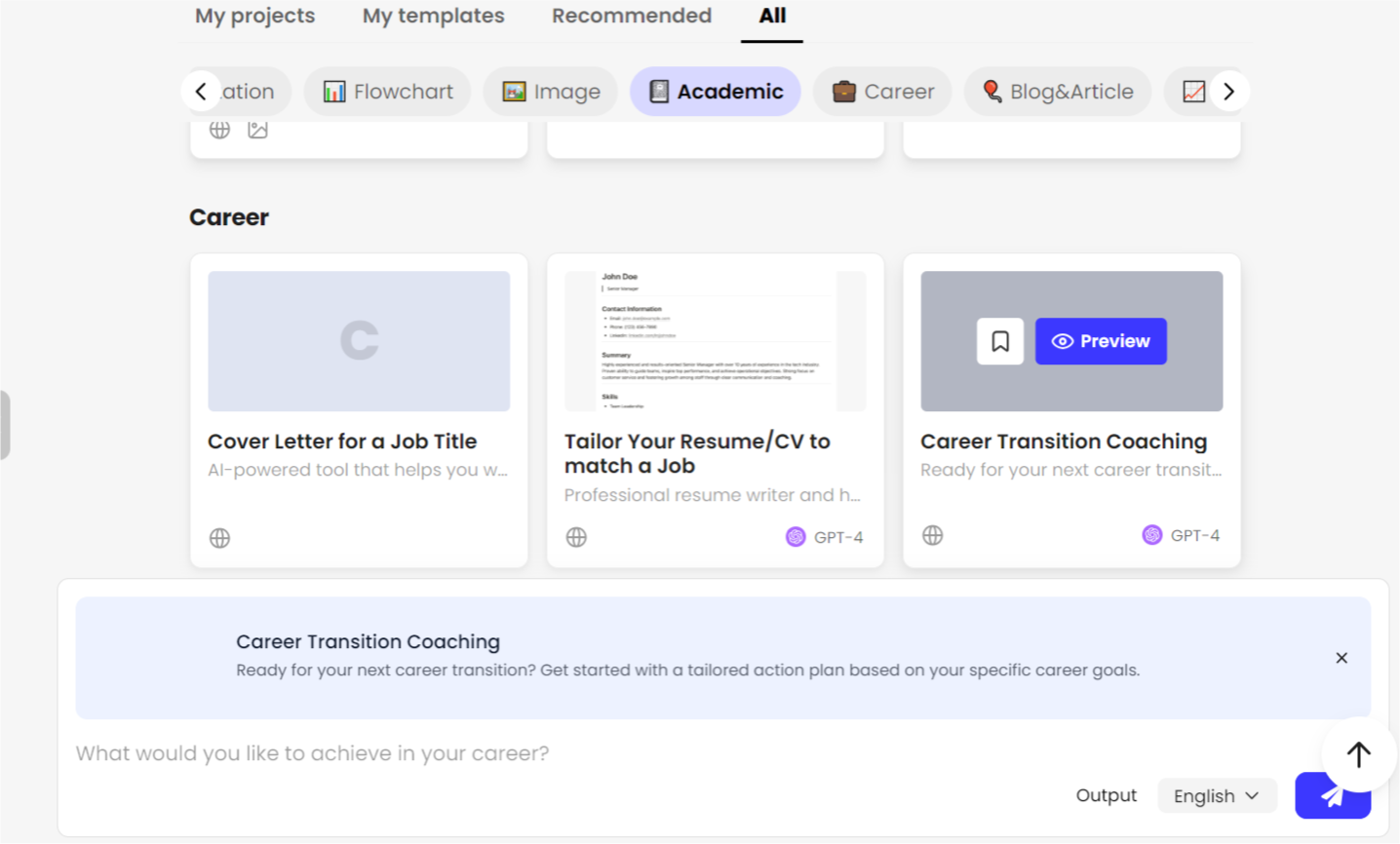Real-time data processing and mapping help delivery companies improve customer services by yielding indispensable insights into delivery routes. Companies can monitor deliveries easily using real-time dashboards. Big data integration has enabled automatic dashboard updates, giving an overview of current data. Real-time insights have improved logistics by letting logistics providers use valuable mapping data to grasp critical trends.
Making routes more efficient with delivery management tools
Shorter routes mean quicker deliveries, generally. They also mean lower fuel costs and vehicle amortization, so they will reduce the costs per delivery as well.
If you’ve decided to equip your company with route optimization software, opt for software that can handle the number and type of deliveries you make and consider your vehicle size. The software should also make it possible to estimate delivery times. The route optimization software market is growing exponentially and is predicted to reach $12.6 billion by 2027.
Mapping sales territory using real-time traffic data
Sales representatives and other stakeholders will find sales territory mapping apps very useful. They automate the otherwise tedious task of mapping these territories manually.
The task starts with collecting real-time data from sources such as Google Maps or Waze and CRM systems. Examples of customer relationship management systems include Salesforce and HubSpot. In 2024, 92% of businesses say CRM software plays a crucial role in attaining their revenue-related objectives.
Ineffective sales organizations are 81% less likely than effective ones to use a CRM platform, and around two-thirds of companies adopt a CRM within five years of launching.
Organizations also use sales and market data. This includes current and historical sales data and information about the given market’s potential.
They then integrate data into a central database, remove duplicates, and correct errors. Among the objectives for sales territories are minimizing travel time, meeting revenue targets, balancing the workload among sales representatives, and making sure they cover all customers and prospects adequately.
Organizations use tools and software that support real-time data integration and traffic analysis, such as GIS software, Google Maps, Waze API, and sales territory software like Maptive.
They can use GIS data to draw boundaries. Real-time traffic data will allow the organization to understand travel times and congestion.
Measure critical delivery metrics
The critical metrics are:
- Average delivery time.
- Total delivery number.
- Driver performance.
- The average time at the stop.
- Average cost per delivery.
You need to track them as often as daily in some cases to know if there is room for improvement.
All metrics are based on the total number of deliveries per day, week, or month, depending on how often you measure them. You must track how long it takes drivers to make deliveries, from setting off to completing the drop-off at the end of the route. Use the tools and software mentioned in the paragraph above to plan routes more efficiently and reduce the time per delivery.
FAQ
What type of data do I need to optimize delivery routes?
You need to know who your customers are, their location, their expectations and preferences, and how frequently they place orders.
You also need route data: information about traffic, the roads, weather, and other factors that impact your delivery routes. Route data can help you choose the safest, fastest, and most economical delivery routes.
Finally, you need information about your fleet, such as the size, type, number, capacity, maintenance status, fuel efficiency, and availability of your vehicles.
How do I plan a single destination route?
Set your start and end point and plan your route using an online tool like Google Maps. Consider gas stations, rest stops, and other necessary stops.
What algorithm is used to optimize routes?
This algorithm is known as a VRPS or vehicle routing problem solver. It’s powered by software and helps logistics companies plan the most efficient delivery routes.












